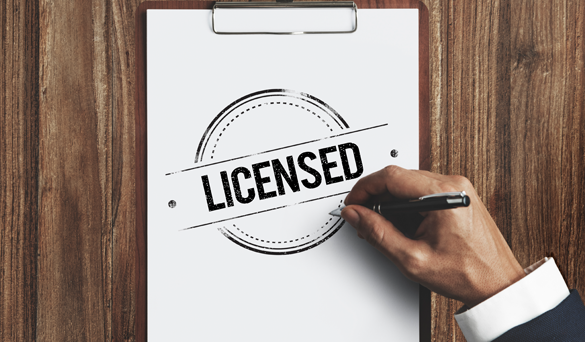
Licence Agreements are essentially the agreements the entities sign in order to allow one
party the right to use the property of the other party. These rights are defined and limited
by various terms and conditions included in the licence agreement. The purpose of a licence
agreement is to avoid the infringement of the rights of the owner of the property. The
property concerned in a licence agreement, though usually is a form of intellectual property
of an entity, it can be any property or product.
Licence agreements are very commonly used across industries, and while the specific details
in the agreements will always vary, few criteria’s of licence agreements, which are
considered important for the purpose of performance of contract, have been discussed here.
Pointers
1. Royalty
Licence agreements are usually entered into upon the agreement between the parties for the
purpose of the payment of royalty, i.e. the fee for the use of the property of licensor by
the licensee. This payment may be a one-time and/or up-front payment of a lump sum amount as
royalty for the licence to use the property. The payment can also be a payment plan based on
the profits made by the licensee from the use of the licenced property.
2. Minimum Performance Guarantee
This clause ensures that there is some progress towards the use of the licensed property as
decided between the parties. It is simply an obligation on the licensee to deliver or
perform some certain level of performance and use of the licenced property towards accruing
profits or gain as per the terms of the agreement. The intention is to ensure that the
licensor receives some amount as royalty each time royalty payment is due.
3. Exclusivity
Any licence granted can be exclusive or non-exclusive. This refers to whether the same
licence with respect to the same property has been granted to any other entity or not. Where
the licence is exclusive, it is to protect the rights of the licensee with respect to the
commercial use and generating profits from the use of the licenced property. The exclusive
licence is generally granted with respect to a territory or number of territories. Where the
licence is non-exclusive, it is executed in a manner to allow the licensor to decide the
various ways in which the licenced property is commercialised and used for, in order to
generate the best possible royalty payments for the licensor.
4. Subsidiary Licensing
The clause deals with whether the product from the use of the licenced property or where the
licenced property has been included, can be further licensed by the licensee itself or not.
Where this right is not granted to the licensee, any entity wishing to use the product of
use and/or inclusion of the licensed property, has to directly obtain the necessary permits
and licence from the licensor only.
5. Quality Assurance
The intended use and purpose of the licence agreement and licensed property is ensured
through this provision in the agreement. The clause is included in the agreement to ensure
that the licensed property is not used in any manner that may adversely affect the licensor
and/or the licensed property itself.
6. Ancillary Sub-Agreements
This is not a clause, but rather a commonly-found accompaniment of a licence agreement that
talks about ancillary matters related to the licence agreement and the licenced property.
Most commonly used ancillary agreement of a licence agreement is an NDA, but ancillary
agreement of a licence agreement may include others as well. It is important to go over any
ancillary agreement with the same scrutiny as the licence agreement to ensure that the
agreement does not hamper the intended purpose of the licence agreement for either party.
Get on top of your Contracts
Conclusion
Most commonly, licence agreements are used in the media and entertainment, software and
franchisee industries, to name a few. As can be imagined, the requirements of a licence
agreement in each of these industries are very different and hence understanding the
agreement in its entirety is important. As is the case with every contract, the requirement
ensuring that the particulars in a contract are as desired, is also present in licensing
agreements. Different clauses and focus areas which generally govern the performance of a
licence agreement have been discussed here, but this is not an exhaustive list. Different
agreements have different priorities due to which the clauses tagged as “important” may
vary. A thorough and complete review and understanding of the agreement is always the best
manner to track the important clauses.